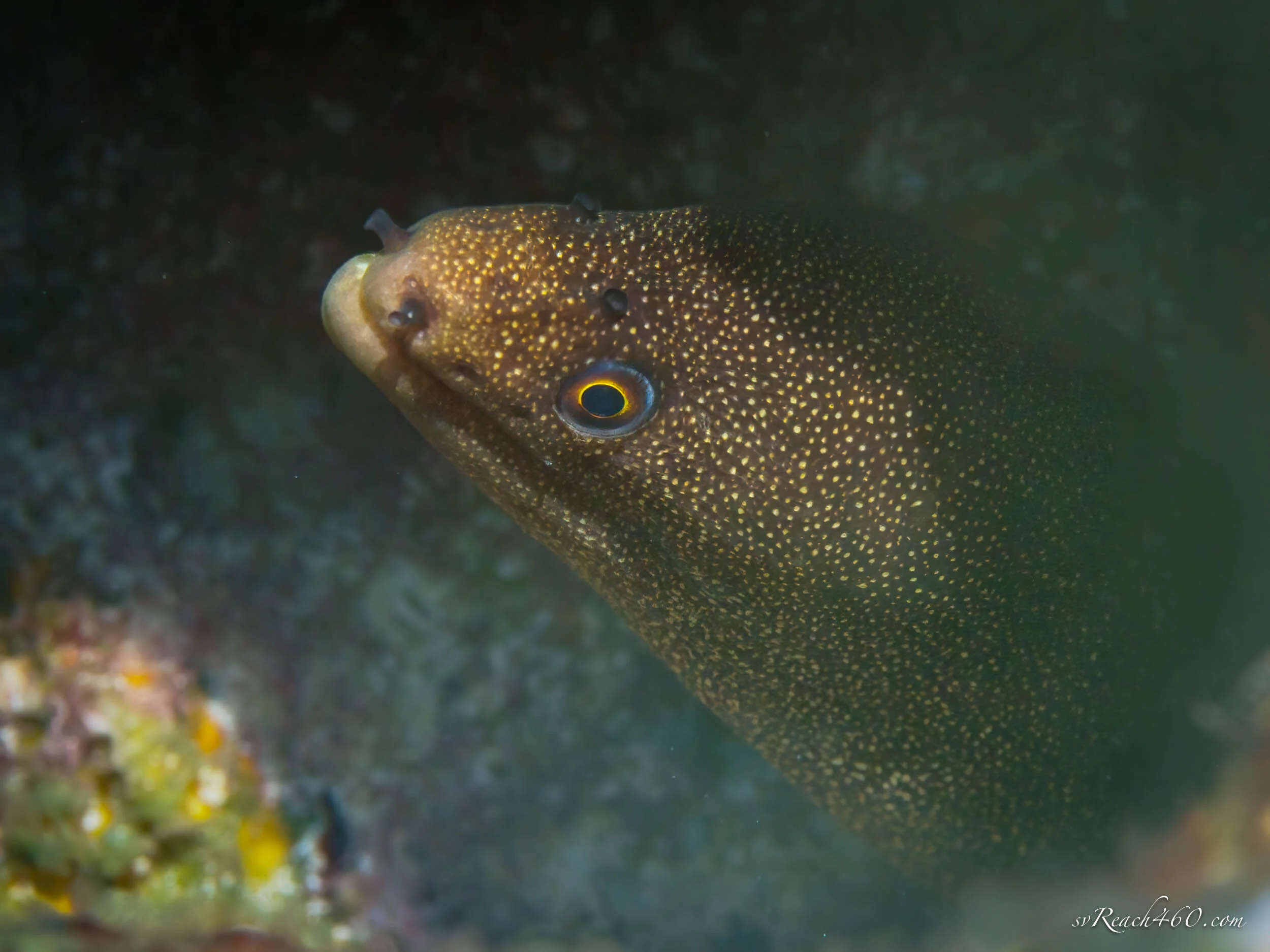Underwater Photography
It has been a while since we’ve had unlimited underwater time. I had found a new camera and housing on eBay, doing plenty of research online for gear and techniques for the purchase, yet had not been able to put it to practice until now. Waiting was probably a good thing in the end. The last few years have prepared me for this moment as a photographer to make things come together in my mind.
Over the past year, I had finally made the shift to all manual settings in my birding photography. Making changes can sometimes be painful for someone seeking perfection, but it was always worth it to take the leap, sacrificing immediate success, to come out with a better results over time.
I personally needed the organic approach of coming to it naturally. Meaning, I enjoyed taking photos over the years, and then would hit a plateau. Wanting the next better result, I’d have to take on the next learning curve and push through. It worked and the skill building continues, always.
As a primer for going back underwater, I read Alex Mustard’s Underwater Photography Master Class during the passage sailing to the Bahamas. It was excellent and inspiring, and not even too intimidating since by now I’d done my homework.
Ready to jump in, I started with my backup camera the Olympus Tough TG-4. It is a wonderful camera and takes great images and colors. I especially like its macro mode.
Oh, and here in the Bahamas, I exclusively free-dive for underwater photography. We might get the scuba tanks going in the future, but it adds to the challenge and exercise here take UW photos using breath hold (apnea).
When I finally tried out my new gear on the third dive, I could really sense the difference and potential of my micro 4/3 camera and housing. Here the two cameras are side by side.
The new set-up is neutral to positively buoyant. It is easy to handle with one hand and the buttons are all easily accessible. I started with Aperture priority mode and TTL (through-the-lens) strobe control with the 14-42mm Olympus kit lens with a 2x wet lens on the housing. This was fun!
There was telephoto control and decent closeup ability with the addition of the wet lens. After one or two dives, I set up buttons and switched to full manual control for the camera and strobe.
I was itching to try my favorite Olympus 60mm pro macro prime lens that also fits on this m4/3 camera body and housing (120mm 35mm equivalent). It has great bokeh and image quality ~ yet can be trickier to use. Depending on the distance of the subject it can hunt for focus. The 1:1 minimal focal distance is 7.5 inches (2:1 35mm equivalent).
The first time out with the macro lens, I used the 2x wet lens on the housing. Along with rough water conditions, this became a big challenge to focus.
I was able to get a few desired photos in focus, but not many. The solitary gorgonian hydroid was a special challenge the sea fan flowing very exaggeratedly in strong currents! I never touch a subject or its host.
Wisely, I took off the wet lens to get to know the 60mm lens first. If it hunts, I pre-focus on my fins for fish portraits, or a nearby structure for closeup focal lengths.
This works well and the next biggest challenge is getting the magnified fish to fit in the frame or finding the small macro subject in the viewfinder. I sometimes need to use similar techniques for birding photography, finding patterns and markers in the surrounding nature to locate the subject.
A few other challenges:
~My housing port started fogging after a long dive and then kept getting worse. I didn’t realize that you needed to put silica gel packs in the housing while using. Fortunately, doing this solved the problems right away.
~Taking photos in shallow waters in daylight means decent lighting to work with. There were a few shots that I struggled with under dark ledges. I had moderate success, but forgot to work with all of my options in Manual mode and didn’t play with longer shutter speeds. My strobe position is also limited with just a single strobe fixed over the lens. Next year I may have to get another strobe and some arms for more options.
Over time, manual settings are getting more intuitive and I’m able to spend time composing the images, lighting and viewpoints more. There is no end to beautiful and interesting subjects to photograph!
Now that things are working well, I might have to give the 2x wet lens a try again, when I’m really looking to focus on super macro images. This setup might take away the fish portrait ability and could bring back a focus challenge, so will have to test this out soon.




























